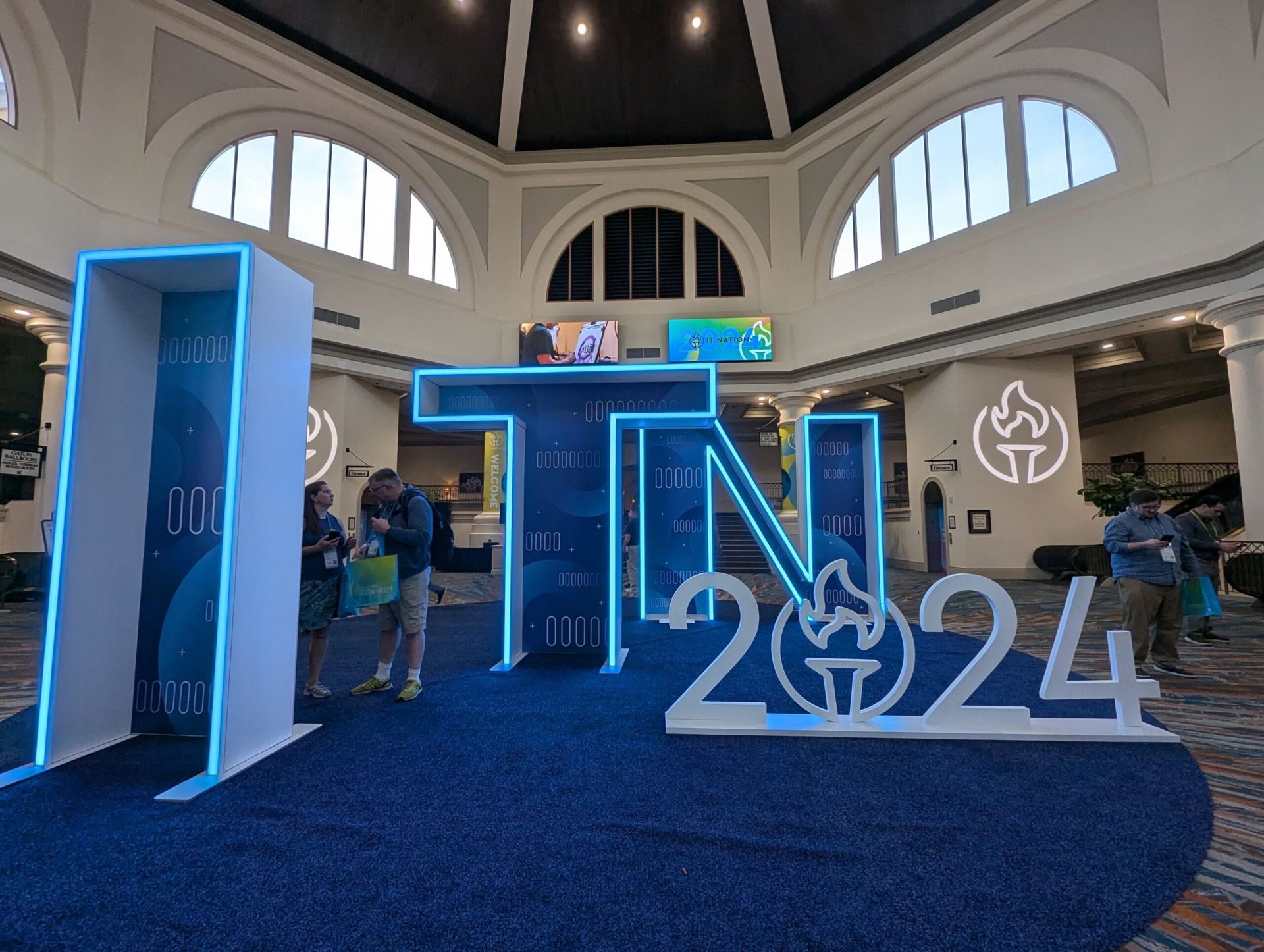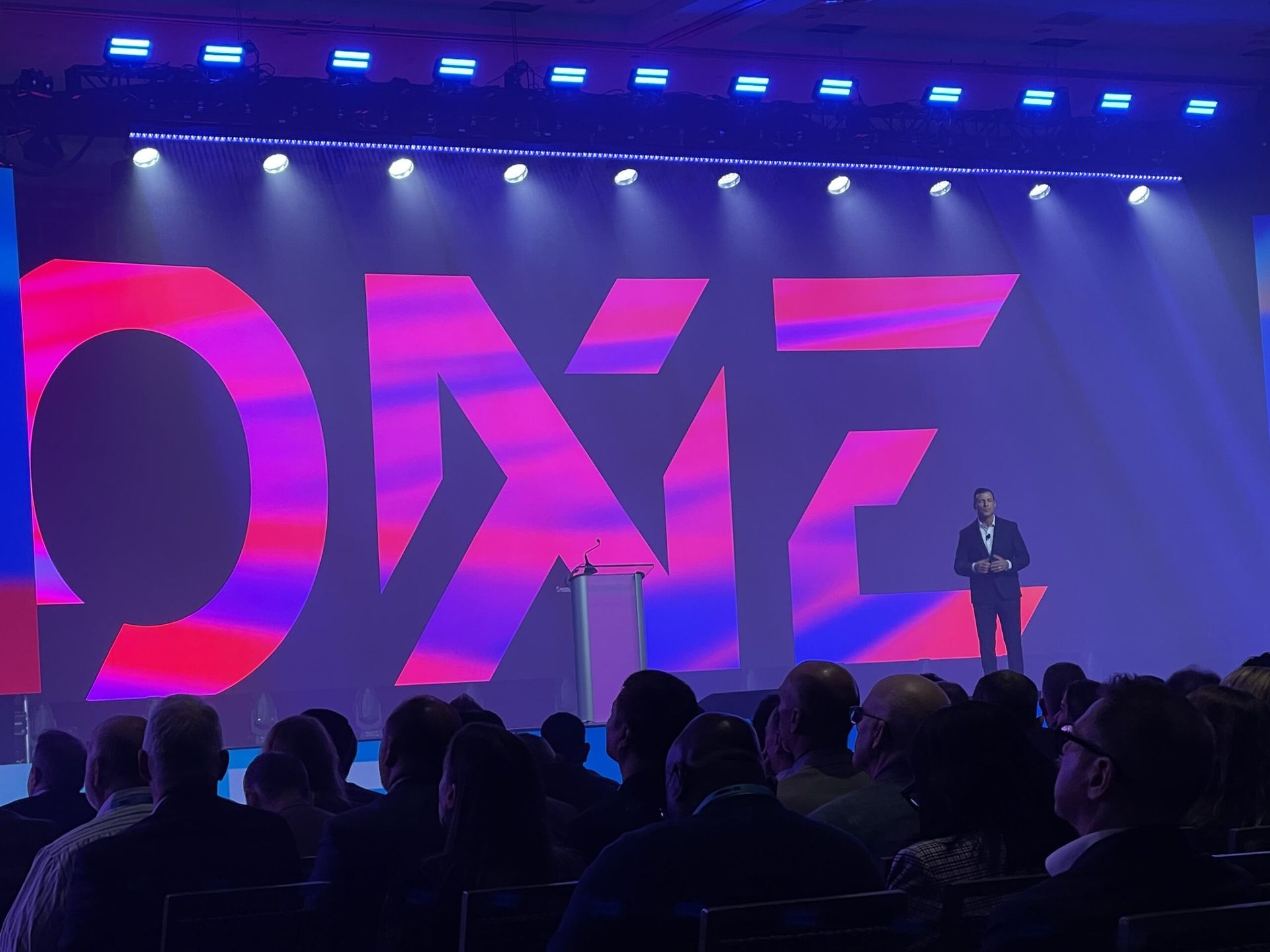One of the most interesting things about this week's Pax8 Beyond event, held in Denver, Colorado June 9-12, was that the event's growth has happened in tandem with much of the growth that's happened in the channel over the last five years. In simpler terms, as Jay McBain, chief analyst - channels, partnerships and ecosystems at analyst firm Canalys put it in this LinkedIn post, "Pax8 is leading an important intersection of [these] future [opportunities]."
In his keynote speech McBain outlined five trends that are shaping the future of the channel and how Pax8 is adapting to those trends as well as helping their MSPs and partners keep up.
Trend: Channel Growth
Despite facing inflationary interest rates, financial issues, climate issues around the world energy crisis, two major conflicts going on in Europe and the Middle East and cybersecurity, McBain said, the overall world economy is growing at 2.9%. But for MSPs and the channel, it's double that -- over 6% growth.
"But that's why we're here. That's why we're in this room," McBain added. "For every dollar of hardware, for every dollar of software, [the channel] sells two dollars. Managed services is two-thirds of the entire spend. Most importantly, that part is growing faster. So for all the great vendors here selling hardware, software and other things, we're outgrowing the vendors that are here."
McBain added that the average customer has changed, too, to become a medium-sized or larger customer, and that the number of MSPs has also grown over the last 25 years.
"Think back to 1999 and managed services -- there might have been 100 of us in a Holiday Inn in Wichita, Kansas, talking about managed services. That's now a $548 billion dollar industry. Over half a trillion dollars. And one out of every $10 that businesses and governments now spend is on a managed contract. And when I stand up here, maybe in another five years, this will be a three-to-one type of view of the industry."
That growth hasn't just been in North America, either, McBain said. What started in North America has now taken hold worldwide; it's truly a global phenomenon.
"There's now 43,000 of us that have over 50% of their business recurring. (This is Canalys' definition of an MSP.) But if you include all the companies around the world that have at least one managed contract today, there's 335,000 that are moving this direction. This is a massive industry now on its own, and it's maturing," he said.
Trend: Focus on Cybersecurity
Cybersecurity has become a major MSP opportunity that McBain said 99% of MSPs are deeply engaged with. Ransomware breaches were 96% higher in the first four months of this year, which is unsustainable, he said. The cybersecurity industry is worth $87 billion, and with 6,500 companies on the vendor side of cybersecurity, there's a huge opportunity for the channel, he said.
"Those 6,500 vendors are chasing $87 billion dollars and if we sell $2 of services against every dollar spent on hardware or software and security (products/solutions) ... this is an 18-month window, where you can grow your business, a 30%, 40%, 50%, and continue to outgrow every vendor that you represent," McBain said.
In the channel, too, the overwhelming sentiment about growth potential is incredibly positive, he said.
"If you look at how we think about our own businesses, about one-third of us think we're growing strongly in double digits, two-thirds of us think we're in growth mode. But more importantly, we think we're doing it more profitably than we did last year. In historical context, we saw the same levels of optimism after 2008 and after 2001 when the tech industry pulled the world out of recession. And it's doing it again. Partners were and are the tip of the spear of optimism, breaking through some of those [economic] headwinds," he said.
Trend: Millennials Drive Shifting Buying Patterns
Another major trend is the dominance of millennials in buyer behavior and on the buying journey, McBain said. This generation has different psychology and therefore different preferences when it comes to purchasing, he said.
"They're very subscription-consumption-friendly; they grew up on Netflix and Spotify; spending $1 a month on a toothbrush for the rest of their lives. For them, the buying criteria changes. It never changed between Baby Boomers and Generation X, but for them, integrations are important," McBain said. These buyers don't want to necessarily talk to a person before buying, and integrations are important to them. They also are okay bringing in people from different places; they will buy a seven-layer stack of technology.
"Gone is the single throat to choke or a 'trusted advisor' stage where one person can do it all. It's a team sport," he said. It's also the era of the platform -- "Customers are saying, 'I don't want 6,500 vendors who all promise me the perfect mousetrap to solve all my issues. I'm going to build a seven layer stack, but I want to build it around a powerful platform," he said.
Trend: Marketplaces on the Rise
Taking the economic challenges, the channel growth and changes in buyers and buyer behavior into account explains why marketplaces are so important as everything shifts to digital first, McBain said. While in the past, everything has centered around one point of sale, that is changing.
"We all know there are 28 moments before a customer makes a decision. We know that there's going to be seven layers to the stack. We know there's going to be managed services everywhere. These days, we know there's going to be implementation and integration. This is the new world where we're getting recognized for what we actually do. And it's not just about taking a customer's money. That's only one part of a very big cycle," he said.
Trend: The End of the Cookie
And finally, the last trend we're watching is the end of the cookie. What does that mean to the channel? Quite a lot, actually. McBain explained that Apple has already gotten rid of third-party tracking cookies and that Google is battling privacy advocates in the EU about the issue -- this is the kind of thing that results in talking about a product, service or issue at home in your kitchen and then seeing ads or recommendations for that exact thing on Facebook five minutes later, he joked.
"Apple and Google have 99% mobile marketshare and 86% desktop browsing share. When they take away the cookie, all that third-party data melts away. But we are actually the owners of secondary data. It's our people. The customers -- it's our podcasts they listen to, it's our event they come to. The 28 moments before they make a decision without talking to a human, in many cases, are owned by us. We're the owners of second-party data. It's a multi-trillion dollar industry opportunity," he said. The channel is what drives this, and all the vendors want to leverage that data and work with the channel to share that data.




